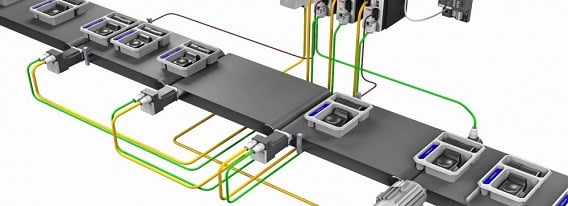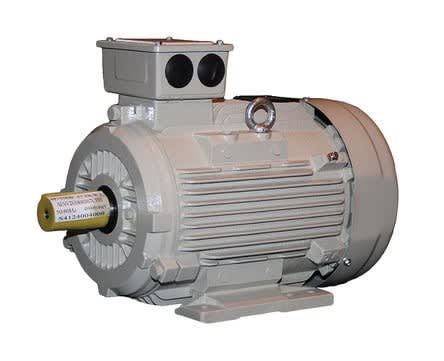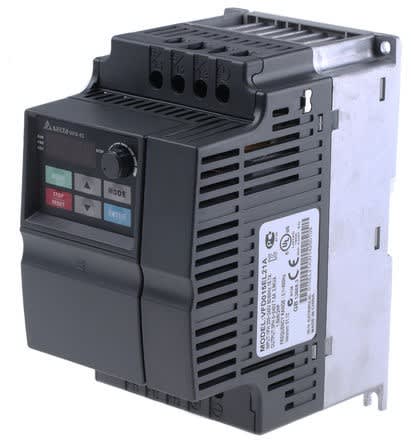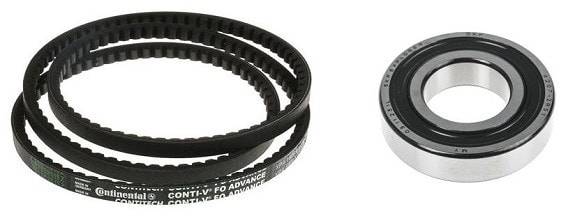How to increase efficiency in a motion control system
Follow articleHow do you feel about this article? Help us to provide better content for you.
Thank you! Your feedback has been received.
There was a problem submitting your feedback, please try again later.
What do you think of this article?
How to increase efficiency in a motion control system
Increasing the efficiency of motion control system can potentially provide significant energy savings, but it can also improve productivity by making the system more reliable.
There are two areas to consider in improving the efficiency of a motion control system, the first is looking at the products that make up the system, like the advances in motor designs using new magnet materials, the second area is to ensure there is a maintenance program (predictive maintenance) as warn out parts like gears will impact the overall efficiency.
Looking at some of the system components:
Motors
One of the biggest improvements can be installing an high efficiency motor, although the cost seems deceptive, the actual energy costs over the life of the motor is by far the most significant cost (in fact the energy costs over the life of the motor represents over 95% of the overall cost). Motors have evolved over the years to achieve greater efficiency, through improved design, production techniques and materials used in the construction. The international Electromechanical Commission has issues a standard IEC 60034-30-1, which defines levels of efficiency (IE International Efficiency) for three-phase induction motors:
- IE1 – Standard Efficiency
- IE2 – High Efficiency
- IE3 – Premium Efficiency
- IE4 – Super Premium Efficiency
- IE5 – Ultra Premium Efficiency
Higher efficiency motors tend to cost more, due to the advanced production techniques and materials used, but the improved efficiency intern produces greater operating energy savings. These increasingly efficiency classes are for motor sizes from 0.12 to 1000KW, although IE5 class motors are not yet rigorously defined, but proposals are they will be around 20% more efficient compared to IE4.
Click to view an example of AC Motor from RS (733-2200)
Variable Speed Drives
Systems can benefit by the inclusion of variable speed drives (VSD), which align the speed of the motor to the desired speed of the driven machinery, this has a number of efficiency benefits including:
- Energy savings – cost impact
- Soft start, which is less impact on the motor and system components
- Reduced maintenance on the entire system
- Increased performance
- Lower noise
Click for an example of Inverter Drives from RS (669-5770)
Mechanical Components
The system will contain many mechanical parts (transmission) including Belts (474-0355) and Bearings (667-1059) , which also impact the efficiency (especially when starting to wear), for example belts are about 95% efficient and perform better at high speed, whereas direct drives are more efficient, but lack torque and excessive speed, so it is crucial that all aspects of the system are considered during the design and build.
Maintenance
With any motion control system, it's essential that a preventative maintenance program is in place, as all components within the system including motors, will have a working life expectancy, at which point they could fail and result in downtime of the machinery or operation of the plant.
Not only this as the components wear their overall efficiency is reduced, so having a plan to replace these components before they reach their end of life is essential for the reliable running and efficiency of the system.
Predictive maintenance solutions are consistently progressing with advances in technology, with the likes of vibration (818-6947) and sensors (893-8489) , which can predict and anticipate failures of critical parts, some of which can also be communicated and controlled through Industrial IoT.





